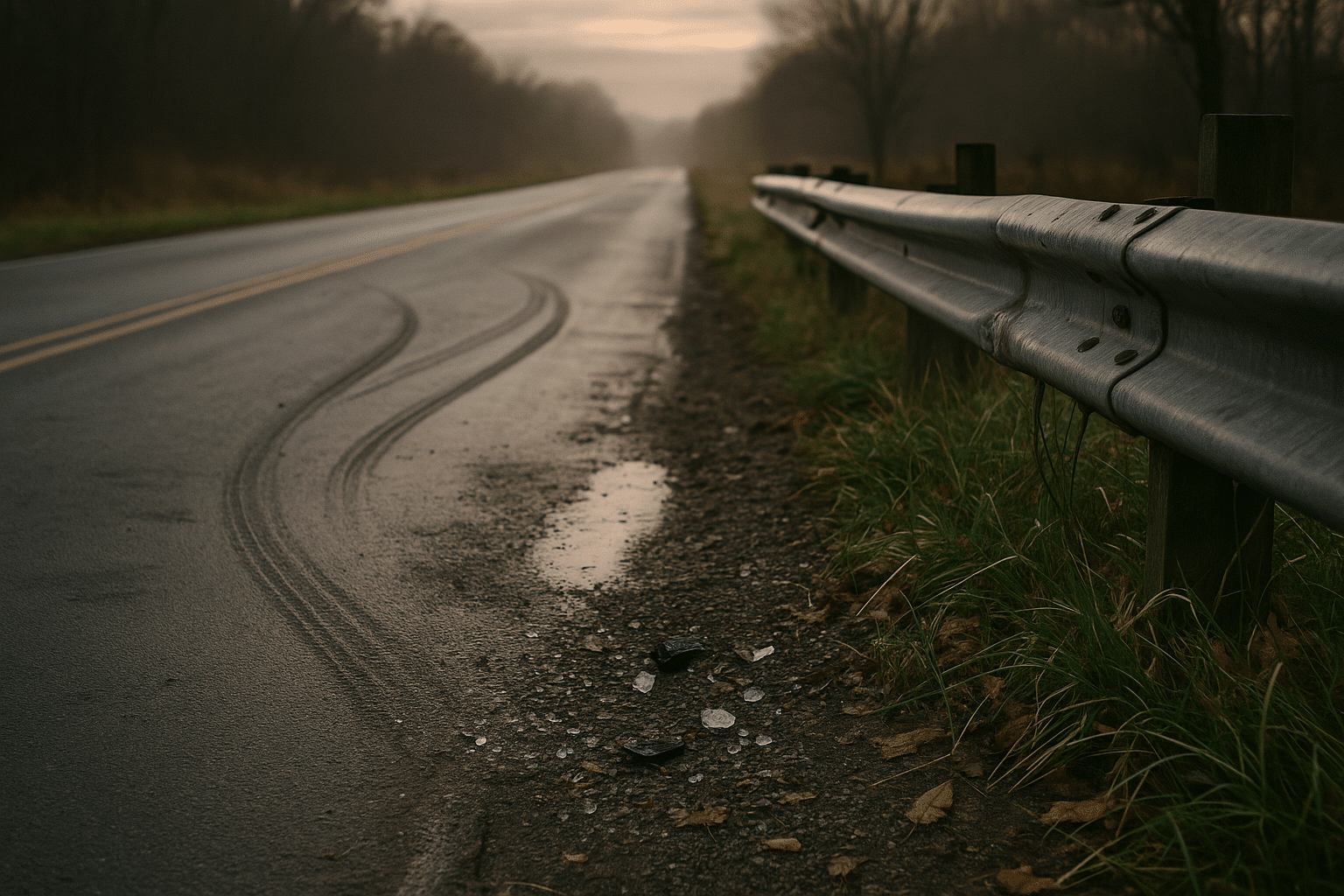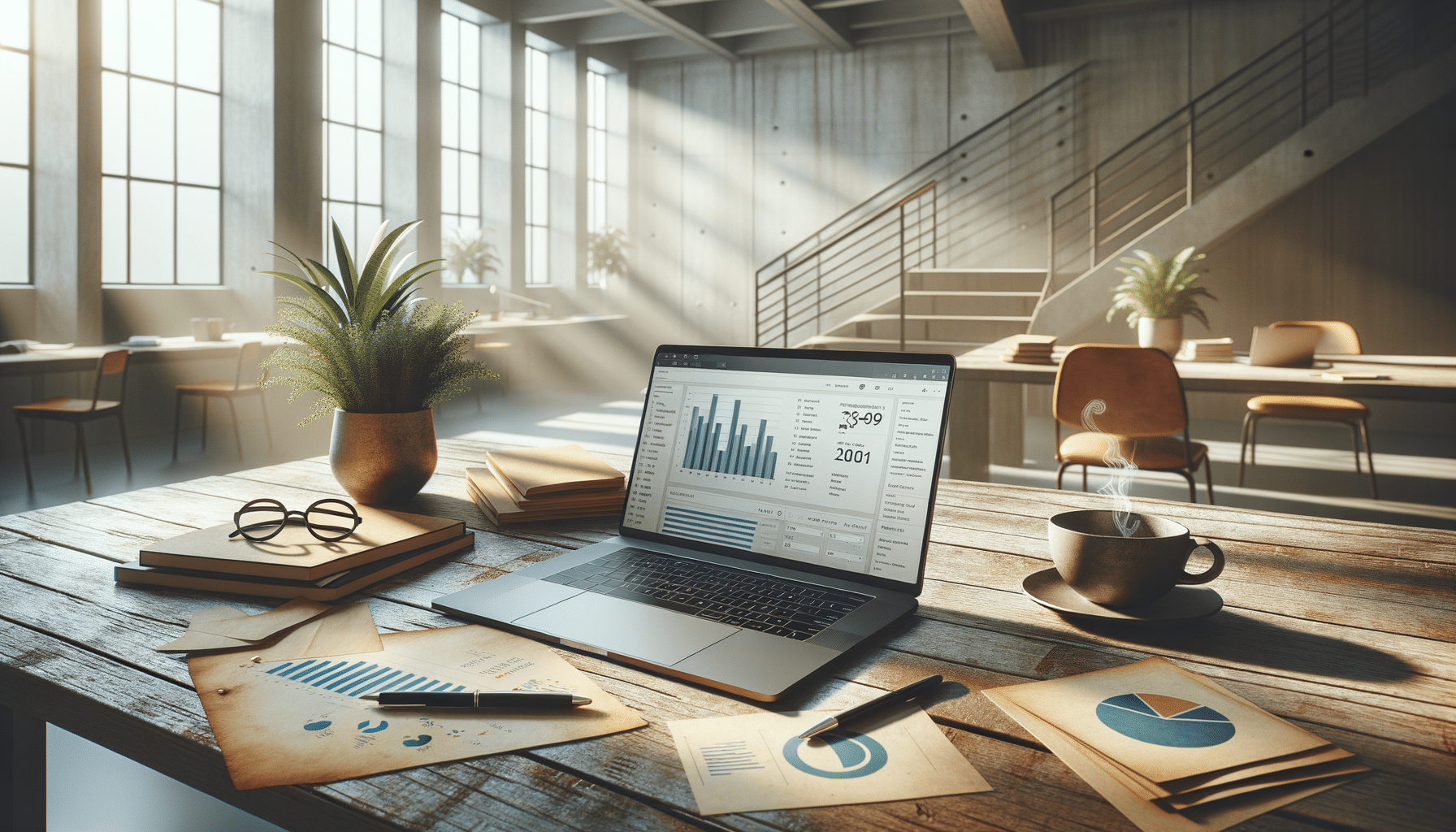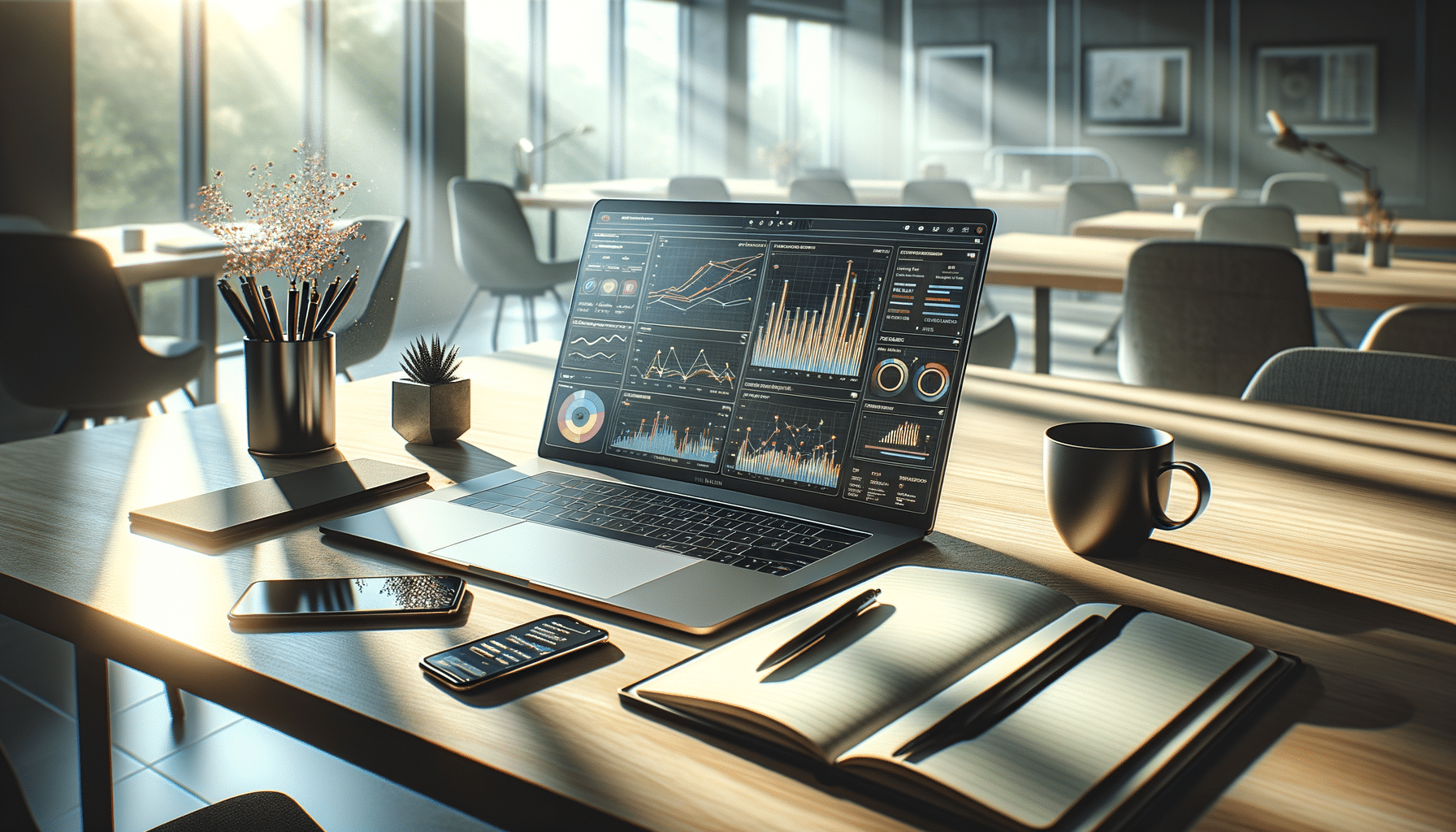
Top Tips for Capturing Stunning Low-Light Photos
Capturing stunning photos in low-light conditions can be a challenging yet rewarding aspect of digital photography. With the right techniques and tools, you can transform dimly lit scenes into visually striking images that captivate viewers.
Understanding the Challenges of Low-Light Photography
Low-light photography often presents challenges such as noise, motion blur, and limited focus due to reduced lighting. According to a survey by Digital Photography Review, 63% of photographers find noise to be the most significant obstacle in low-light conditions. Understanding these challenges is the first step in overcoming them.
Expert Opinions on Low-Light Techniques
Renowned photographer Ansel Adams once said, “You don’t take a photograph, you make it.” This is particularly true in low-light situations where technique and creativity play crucial roles. Many experts recommend adjusting camera settings and using equipment specifically designed for low-light photography.
Key Techniques for Success
- Use a Tripod: A sturdy tripod minimizes camera shake, allowing you to use slower shutter speeds without introducing motion blur.
- Open the Aperture: A wide aperture lets in more light, which is essential in low-light conditions.
- Increase ISO Sensitivity: While this can add noise, modern cameras handle higher ISO settings much better, making it a viable option for capturing clear images.
- Utilize Manual Focus: Autofocus can struggle in low light, so switching to manual focus can ensure sharp images.
Personal Anecdotes and Examples
In my experience, capturing the beauty of a city skyline at night required patience and experimentation with different settings. By using a tripod and experimenting with ISO settings, I achieved a balance between detail and exposure.
Actionable Tips for Photographers
Pro Tip: Utilize a remote shutter release or a self-timer to prevent camera shake when pressing the shutter button.
Additionally, consider using a lens with a wide aperture, such as f/1.8 or f/2.8, which significantly improves performance in low-light conditions.
Tools and Equipment Comparison
| Feature | Entry-Level Camera | Advanced Camera |
|---|---|---|
| ISO Range | 100-3200 | 100-25600 |
| Aperture | f/3.5-f/5.6 | f/1.8-f/2.8 |
| Image Stabilization | Basic | Advanced |
| Sensor Size | APS-C | Full Frame |
| Low-Light Performance | Moderate | High |
| Autofocus | Basic | Advanced |
| Weight | Light | Heavy |
| Price | Affordable | Expensive |
FAQ Section
FAQs on Low-Light Photography
How can I reduce noise in low-light photos?
To reduce noise, use the lowest ISO possible and consider post-processing techniques to clean up the image.
Is a prime lens better for low-light photography?
Yes, prime lenses often have wider apertures, allowing more light and providing better low-light performance.
Conclusion
Mastering low-light photography requires understanding the challenges, utilizing the right techniques, and experimenting with camera settings. By implementing these tips, you can capture stunning low-light images that impress and inspire. For further reading, explore resources like Photography Blog for more insights and tutorials.


